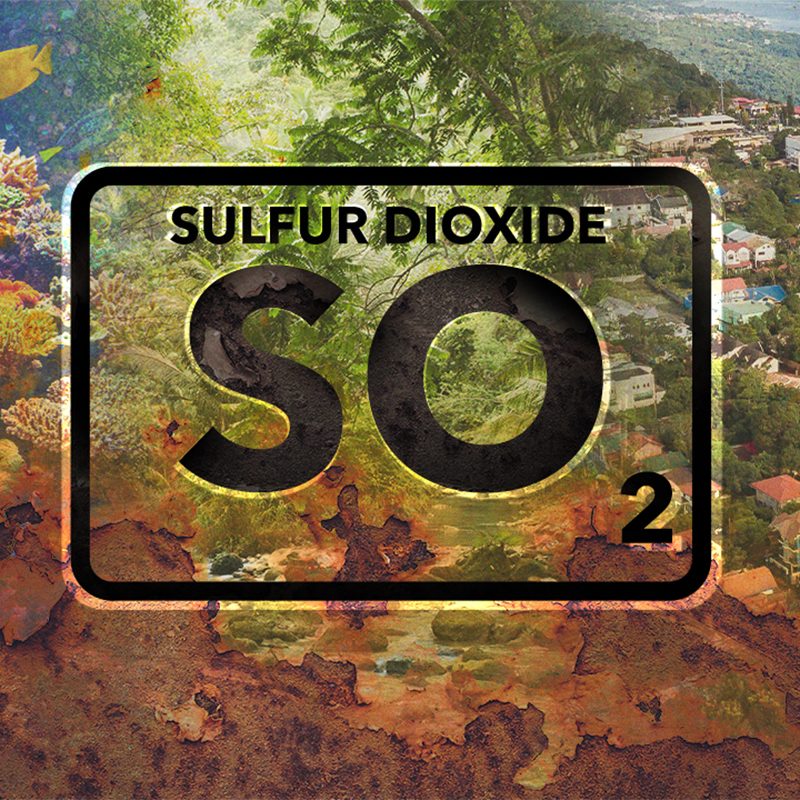SUMMARY
This is AI generated summarization, which may have errors. For context, always refer to the full article.

On Monday, June 28, Taal Volcano emitted its highest ever recorded amount of sulfur dioxide (SO2), a volcanic gas that will affect people’s health and the environment.
Taal’s SO2 emission caused state volcanologists to ask the local government units (LGUs) of the surrounding area to conduct health checks among their residents, as SO2 can cause a range of harmful effects on the lungs. (READ: Phivolcs warns of volcanic smog from Taal Volcano)
SO2 from volcanoes can affect not just humans, but also plants and animals through acid rain, and even the Earth’s climate.
What is sulfur dioxide?
Sulfur dioxide is a colorless, soluble gas that forms sulphuric acid when combined with water.
Most of the sulfur dioxide in the air comes from man-made sources, like the burning of fossil fuel at power plants, industrial processes, and vehicles that use diesel engines. However, there are also natural sources of SO2, like volcanoes, which release the gas when magma is relatively close to the surface.
SO2 causes acid rain
When SO2 and nitrogen oxides are emitted into the atmosphere, they react with water, oxygen, and other chemicals to form sulfuric and nitric acids. This falls to the ground in the form of acid rain, which can affect plants and wildlife.
Acidic rainwater can leach aluminum from soil clay particles, flow into streams, and affect the water’s pH. Most fish eggs can’t hatch at a pH level of 5, while adult fish die at lower pH levels. Acid rain can affect ecosystems, because even if some animals that can tolerate acidic water, the plants and other animals they feed on might not.
Acid rain also removes from the soil the nutrients that trees need to grow, while acidic fog at high elevations can strip nutrients from trees’ foliage and prevent them from absorbing sunlight. Trees are then less able to withstand low temperatures.
Acid rain can also cause the deterioration of buildings and monuments.
SO2 causes global cooling
Volcanic eruptions can also inject volcanic ash and gases into the stratosphere. When sulfuric acid condenses in the stratosphere and forms fine sulfate aerosols, it increases the reflection of radiation from the sun back into space. This cools the Earth’s atmosphere and troposphere, or ground-level ozone.
When Mount Pinatubo erupted on June 15, 1991, it injected a 20-million ton sulfur dioxide cloud into the stratosphere at an altitude of more than 20 miles. According to the United States Geological Survey (USGS), this caused the largest aerosol disturbance in the stratosphere in the 20th century and cooled the Earth’s surface for three years after its eruption.
What other gases do volcanoes emit?
Though the mixture of gases released by volcanoes differs, the Geological Society of London says that about 7% of volcanic gas is composed of SO2. Around 78% of volcanic gas is water vapor, about 12% is carbon dioxide, and about 3% is made up of other gases. – Rappler.com
Add a comment
How does this make you feel?

There are no comments yet. Add your comment to start the conversation.